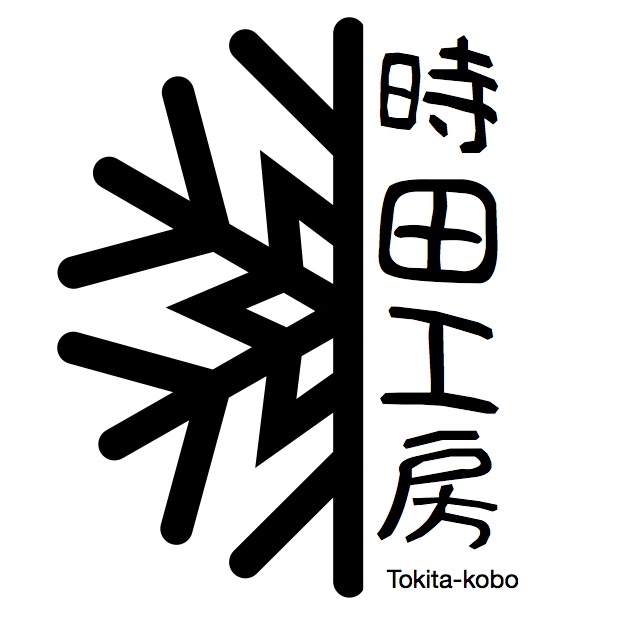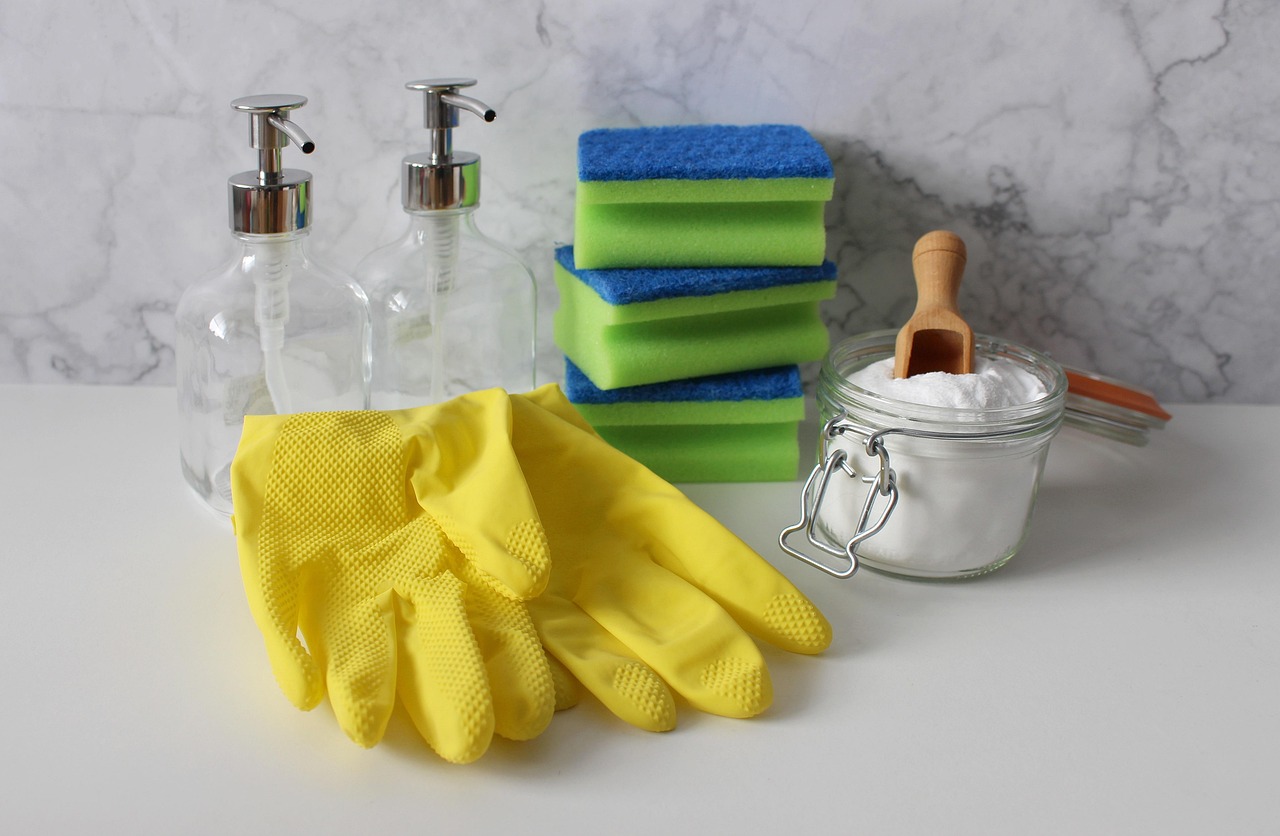As the end of the year approaches, homes, offices, and schools across Japan begin a deep cleaning ritual known as “Oosouji” (大掃除). More than just tidying up, Oosouji is a symbolic practice that clears away the old year’s dust, negativity, and bad luck, making way for a fresh and prosperous New Year.
What is Oosouji (大掃除)?
“Oosouji” literally means “big cleaning,” and it refers to the year-end deep cleaning that takes place in late December, typically before December 31st (Ōmisoka, 大晦日). This tradition is rooted in Shinto beliefs, which emphasize purification and renewal. The idea is to remove dirt, clutter, and negative energy accumulated throughout the year so that the New Year begins in a clean and positive space.

The Meaning Behind Oosouji
Oosouji is not just about cleanliness—it carries spiritual and cultural significance:
✔ Welcoming the New Year’s God (Toshigami-sama, 年神様) – In Japanese tradition, it is believed that a deity visits each home on New Year’s Day, bringing good fortune. A clean home is a sign of respect and ensures a warm welcome for Toshigami-sama.
✔ Purification & Fresh Start – Just as people do a personal reset with Hatsumode (初詣, first shrine visit of the year), homes and workplaces also need a reset. Removing dust and dirt symbolizes letting go of negativity.
✔ A Time for Reflection – Oosouji is also a time to reflect on the past year, express gratitude, and prepare for new beginnings.
How is Oosouji Done?
Unlike regular cleaning, Oosouji is a thorough and detailed process, covering every corner of the house. Here are some key areas that are cleaned:
🧹 Windows & Doors – To let in fresh, positive energy for the New Year.
🧹 Tatami & Floors – Sweeping, vacuuming, and wiping to remove dust buildup.
🧹 Kitchen & Bathroom – Cleaning grease, removing old food items, and scrubbing sinks & bathtubs.
🧹 Shoji & Fusuma (Paper Sliding Doors) – Many families even replace worn-out shoji paper.
🧹 Clutter & Old Items – Unused items are discarded or donated to embrace a minimalist, fresh start.
Even businesses and schools take part in Oosouji. In Japanese schools, students clean their own classrooms as part of the tradition. Many companies also organize office-wide cleaning days before the New Year holidays.
Similarities to Western Spring Cleaning?

Oosouji might remind some people of spring cleaning, but there are key differences:
🔸 Oosouji is done at the end of the year, not spring.
🔸 It has spiritual and cultural meanings, whereas spring cleaning is mostly practical.
🔸 It prepares for New Year celebrations, while spring cleaning is about refreshing after winter.
Both, however, share the idea of starting fresh!
Modern Oosouji: Adapting to Busy Lifestyles

While traditional Oosouji can take several days, modern life has led to some changes:
💡 Some people start Oosouji earlier in December to avoid last-minute stress.
💡 Cleaning services offer professional help for busy households.
💡 Minimalist lifestyles and regular decluttering (inspired by Marie Kondo) make Oosouji easier.
Regardless of how it’s done, the spirit of Oosouji remains the same—cleansing the past and preparing for the future.
A Fresh Start for the New Year
Oosouji is more than just cleaning—it’s a ritual of renewal that reflects Japanese values of purity, gratitude, and respect for tradition. By embracing this tradition, you can not only welcome the New Year with a fresh home but also a clear mind and positive energy.
So, as the year comes to a close, why not try a little Oosouji yourself? Start the New Year with a fresh space, a refreshed heart, and a hopeful spirit!

